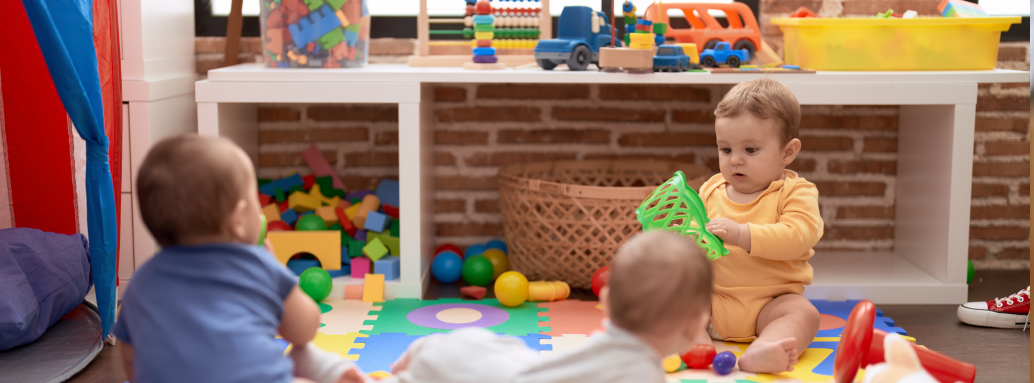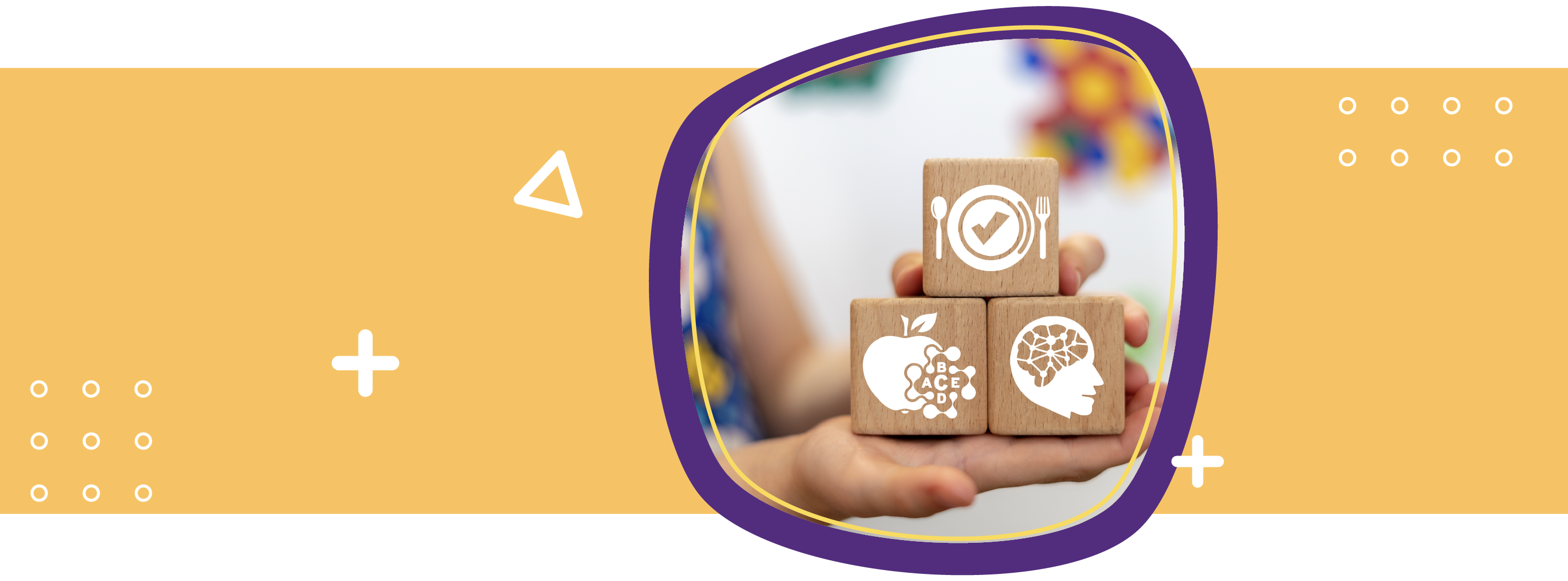Empowering childcare centres with tools to simplify operations and enhance outcomes
Automate payments, manage subsidies, and ensure financial accuracy with ease.
Effortless communication between families and educators for instant updates, messages, collaboration, and conversations.
Track, document, and celebrate every milestone in a child’s journey.
Simplify enrolment, manage waitlists, and track attendance effortlessly.
Streamline scheduling, performance tracking, and team communication.
Keep families informed with real-time updates and daily reports.
Discover how Parent can transform your childcare centre’s operations
Access a variety of tools, guides, and insights to help you get the most out of Parent
Stay updated with industry trends, expert advice, and childcare management tips.
See how childcare centers like yours achieved success with Parent.
Find quick answers to the most common questions about Parent's features and services.
Join live sessions or watch on-demand webinars for in-depth guidance and tips.
Get step-by-step support with articles, guides, and troubleshooting resources.


In the captivating journey of early childhood development, providing a secure and nurturing environment lays the groundwork for a flourishing future. The formative years from infancy to toddlerhood are a critical phase of growth, and crafting a haven that addresses their physical, emotional, and cognitive needs is paramount.
In the early stages of life, children are sponges, absorbing every experience, emotion, and interaction. How can we, as parents, caregivers, or educators, create an environment that is not only safe but also nurturing for infants and toddlers? As we delve into the art of creating such an environment, we'll explore strategies that not only prioritize safety but also promote holistic development.
Infants, those delicate beings in their first year of life, are in a rapid phase of growth and exploration. Their tiny bodies and boundless curiosity make them eager learners through their senses. On the other hand, toddlers, the spirited explorers aged 1 to 3, are entering a phase of more intentional interactions with their surroundings. This dual perspective guides our approach to nurturing.
At the heart of a nurturing environment lies safety. Before an infant's tentative grasp or a toddler's daring steps, the environment must be childproofed. This means securing sharp edges, covering outlets, and eliminating choking hazards. A pristine environment free from germs is equally vital, as infants and toddlers tend to explore with their mouths.
Emotional security is the cornerstone of early development. Responsive caregiving, where a baby's cries are met with comforting arms, builds a sense of trust. Consistency in response forms the scaffold of reliability in a child's mind, fostering a safe haven even in uncertain situations.
To stimulate budding cognitive abilities, age-appropriate toys and activities play a pivotal role. Bright colors, textures, and sounds engage their senses. As toddlers evolve into curious explorers, providing safe objects for stacking, sorting, and pretend play aids in cognitive growth.
Physical development blossoms through movement. For infants, tummy time is essential for building neck and upper body strength. Toddlers benefit from spaces that encourage crawling, walking, and climbing. Aided by their inquisitive nature, they conquer physical milestones with determination.
Words are windows to a child's understanding. Infants love the sound of their caregivers' voices, absorbing language like sponges. Reading to them ignites a love for words and storytelling. For toddlers, conversation becomes a tool for expression and comprehension, laying the foundation for language skills.
Sleep is the reset button for young minds. Creating a soothing bedtime routine signals the transition to rest. A cozy sleep environment, complete with soft bedding and a dim nightlight, cultivates a sense of security and comfort.
Nutrition takes center stage as infants transition to solids and toddlers become independent eaters. Introducing a variety of foods and textures fuels their growing bodies and curious palates. Staying hydrated is equally crucial.
Play is the language of childhood. Social interactions with peers teach valuable lessons in sharing, empathy, and cooperation. Unstructured playtime nurtures creativity and problem-solving skills, building the foundation for future relationships.
Separation anxiety is a natural part of development. Strategies like gradual separations, familiar objects, and consistent routines ease the transition. As they venture into group settings, the secure environment you've built serves as their anchor.
Discipline, approached gently, sets the stage for understanding boundaries. Toddlers learn through exploration, often pushing limits. Redirecting their attention and calmly explaining boundaries create a nurturing approach to discipline.
Creating a nurturing environment requires a collaborative effort. Communicating with parents and caregivers ensures consistency between home and care settings. Sharing resources and offering support fosters a sense of community.
Infants evolve into toddlers at an astonishing pace. Adapting the environment to their changing needs is essential. From baby-proofing to creating spaces that encourage independent exploration, the environment grows with them.
The journey from infancy to toddlerhood is a remarkable one, and the environment plays an influential role. By crafting a safe, nurturing haven, caregivers and educators lay the groundwork for a future filled with curiosity, resilience, and confidence. As we dedicate ourselves to providing infants and toddlers with the best possible start, we gift them a lifetime of positive experiences and boundless potential.
Creating a safe and nurturing environment for infants and toddlers requires understanding, empathy, and practical knowledge. By implementing these strategies, you're building the foundation for a thriving and joyful childhood.
When should I start childproofing my home for an infant? Childproofing should ideally begin before the infant starts moving, usually around 6-8 months.
What's the importance of reading to infants? Reading to infants exposes them to language, rhythm, and storytelling, nurturing their cognitive and emotional development.
How can I ease separation anxiety in my toddler? Gradual separations, consistent routines, and offering comfort items can help ease separation anxiety.
What are some age-appropriate toys for toddlers? Toys that encourage imaginative play, fine motor skills, and problem-solving, such as building blocks and shape sorters, are great choices.
Why is positive discipline important in early childhood? Positive discipline focuses on teaching and guiding rather than punishment, fostering a child's self-esteem and understanding of boundaries.


